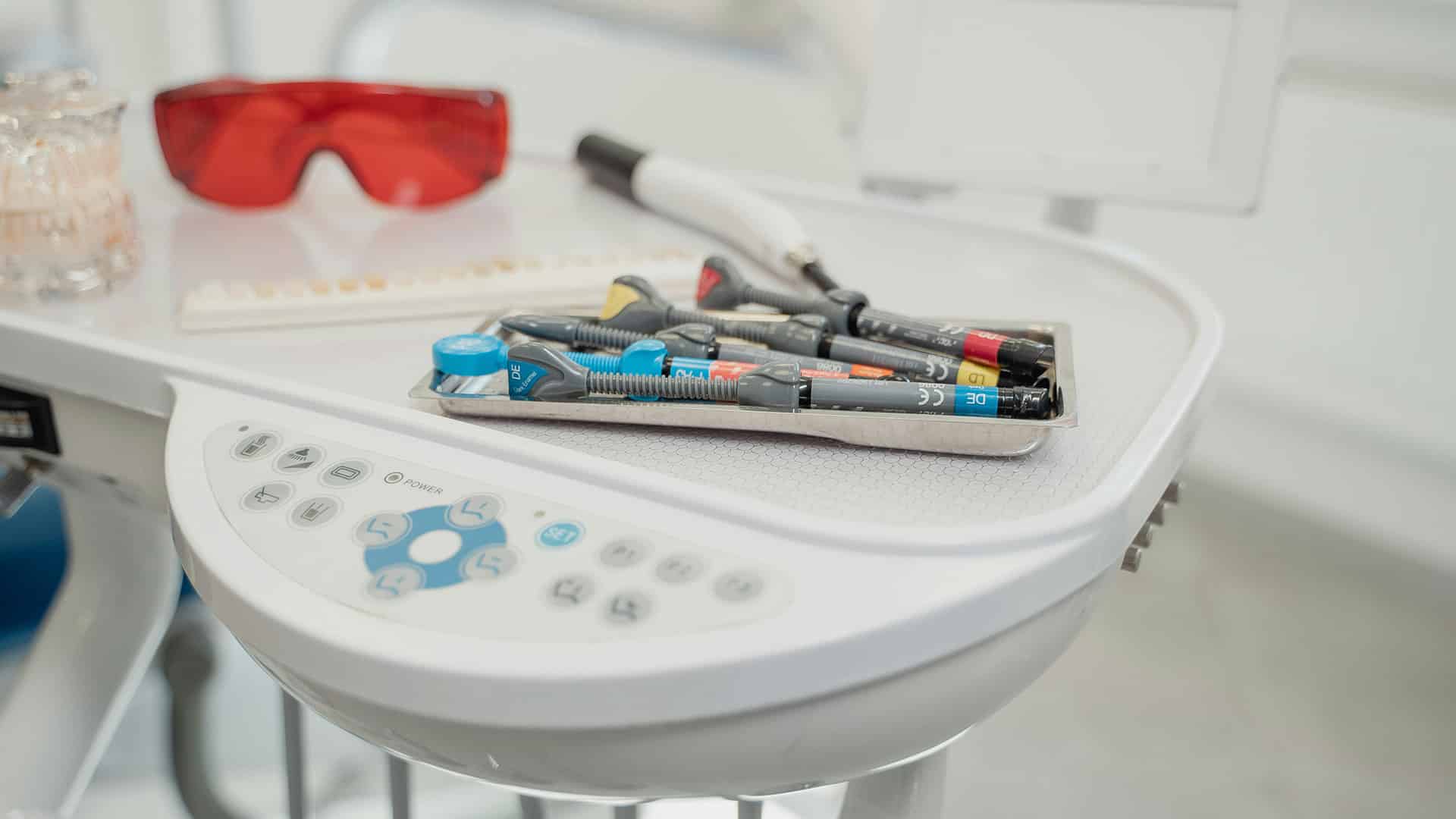The importance of laser marking in the traceability and safety of medical equipment
In the medical industry, accuracy and traceability are essential to ensure the safety and quality of devices and tools that come into contact with patients. From reusable surgical instruments to critical medical devices such as pacemakers and prostheses, all must be correctly identified and registered to ensure compliance with strict regulations.
In this context, laser marking has emerged as an indispensable technology for the identification of medical devices, offering a durable, accurate and reliable solution.
Laser marking in the medical industry
Laser marking on medical devices and surgical tools offers several advantages that are essential in healthcare:
- Permanent and durable marking. One of the main characteristics of laser marking is its permanence. Laser engraved codes, serial numbers or logos do not fade over time, withstand repeated cleaning and sterilization, which is critical in the medical context. This ensures that devices and tools can be identified throughout their lifetime, reducing the risk of error or confusion.
- High precision. Laser technology enables extremely high marking resolution, capable of creating fine, sharp details, even on small surfaces such as a surgical needle or dental implant. This is essential for engraving identification elements such as QR codes or DataMatrix, which are necessary for traceability and authentication of medical products.
- Compatibility with medical regulations. In the healthcare industry, strict regulations are in place to ensure product safety and traceability. Laser marking helps to comply with regulations such as UDI (Unique Device Identification), which requires all medical devices to have a unique identifier. This identification is crucial for inventory management, rapid product tracing and error prevention.
- Hygiene and biocompatibility. Unlike other marking methods, laser marking does not use inks, chemicals or adhesives, which is ideal in the medical field. Laser marking does not affect the biocompatibility of the material and ensures that the marks do not pose contamination risks to the patient.
Specific applications of laser marking in the medical sector
Laser marking has become a key technology in several fields within the medical industry. Some of the main applications are highlighted below:
Surgical instruments
Surgical instruments, such as scalpels, scissors, forceps and needles, require permanent and legible marking for easy identification and traceability. Unique identification by laser marking allows each tool to be tracked throughout its life cycle, from production to use in the operating room and subsequent sterilization process. In addition, the ability to engrave DataMatrix codes facilitates scanning and rapid inventory control in hospitals and clinics.
Implantable medical devices
Implantable medical devices, such as pacemakers, stents and prostheses, must be biocompatible and clearly identified to avoid medical errors and allow traceability. Laser marking is the preferred technology for these devices, as it allows codes or serial numbers to be engraved without compromising the integrity of the material or affecting the patient’s health. In these cases, laser marking must be precise and performed on very small surfaces without affecting the functionality of the device.
Dental instrumentation
Laser marking is also used in the dental sector, where instruments and components such as implants, prostheses and orthodontics require clear and robust identification. Like surgical instruments, these devices must withstand repeated sterilization processes without losing visibility or integrity of the marking.
Diagnostic tools
Many diagnostic devices, from digital thermometers to monitoring equipment, also benefit from laser marking. Serial numbers and codes on these devices make it easy to track each part, which is essential for maintenance and quality management in hospitals and laboratories.
Traceability and regulatory compliance: key in the medical industry
Traceability is one of the most important requirements in the medical industry. In the European Union and the United States, the UDI regulation requires all medical devices to carry a unique identification that facilitates traceability and transparency throughout the product life cycle. This identification allows manufacturers and medical facilities to keep a detailed record of each device, ensuring that it is easy to trace each part in the event of a recall or quality inspection.
SIC Marking’s laser marking systems can engrave UDI codes and other identification elements in accordance with regulations, ensuring compliance with the most stringent industry standards. With options for marking different types of materials, laser marking is tailored to the needs of the medical industry.
Conclusion
Laser marking has become a fundamental ally for the medical industry, providing precision, durability and compliance with traceability and safety regulations. Its application in surgical instruments, implantable devices, and diagnostic tools ensures that medical devices can be safely and reliably identified, contributing to a safer environment for patients and facilitating the work of healthcare professionals.
For companies in the sector, SIC Marking‘s laser marking technology represents an investment in safety, quality and efficiency. Thanks to the combination of precision, permanence and adaptability to different materials, laser marking systems can meet the requirements of the medical market and comply with the strictest international standards.
With the advancement of technologies such as IoT, the future of laser marking in the medical sector promises to continue to bring benefits in medical device traceability and management.
